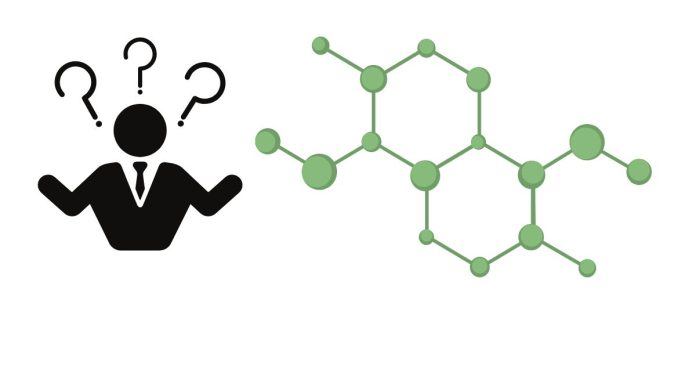How Many Bonds Can Carbon Form? Understanding Carbon’s Bonding Power
Carbon is a fascinating element, often referred to as the backbone of life. Its unique ability to form bonds is one of the reasons life on Earth is so complex and diverse. But how many bonds can carbon form, and why is this so important?
Carbon Can Form Four Bonds
The key to understanding carbon’s bonding lies in its atomic structure. Carbon has an atomic number of 6, meaning it has six electrons. Of these, four are in its outermost shell (known as the valence shell). For carbon to achieve a full outer shell of eight electrons—making it stable—it needs to share these four electrons with other atoms. This sharing allows carbon to form up to four covalent bonds with other atoms.
Why Is Carbon’s Bonding Unique?
Carbon’s ability to form four bonds gives it remarkable flexibility:
- Single, Double, and Triple Bonds: Carbon can form a variety of bonds. For example, in a molecule like methane (CH₄), carbon forms four single bonds. In carbon dioxide (CO₂), it forms two double bonds, and in acetylene (C₂H₂), it forms a triple bond and a single bond.
- Chains and Rings: Carbon atoms can bond with one another to form long chains, branched structures, or rings. This creates the foundation for countless organic molecules.
- Bonding with Different Elements: Carbon readily bonds with hydrogen, oxygen, nitrogen, and many other elements, forming the basis of carbohydrates, proteins, lipids, and nucleic acids—all essential for life.
Importance of Carbon’s Four Bonds
This bonding versatility is why carbon-based compounds are so abundant. From the fuels we burn to the DNA in our cells, carbon is central to chemistry and biology. Its ability to form stable yet versatile bonds allow for the complexity of life and the vast array of synthetic materials we use daily, like plastics and pharmaceuticals.
In short, carbon’s capacity to form four bonds is the cornerstone of its role as the building block of life and modern science. Without this property, the rich diversity of molecules that define life and technology would not exist. Understanding this unique bonding ability gives us a deeper appreciation of the element that shapes our world.


